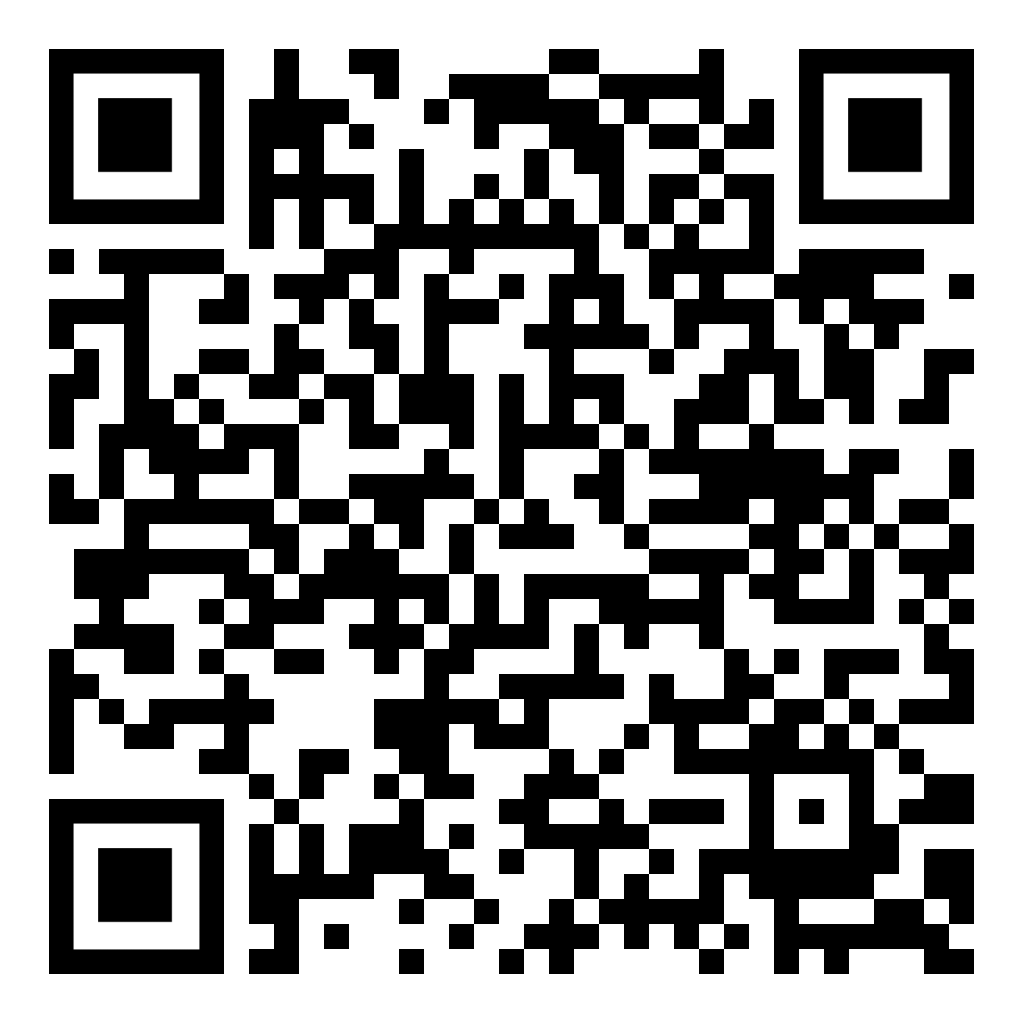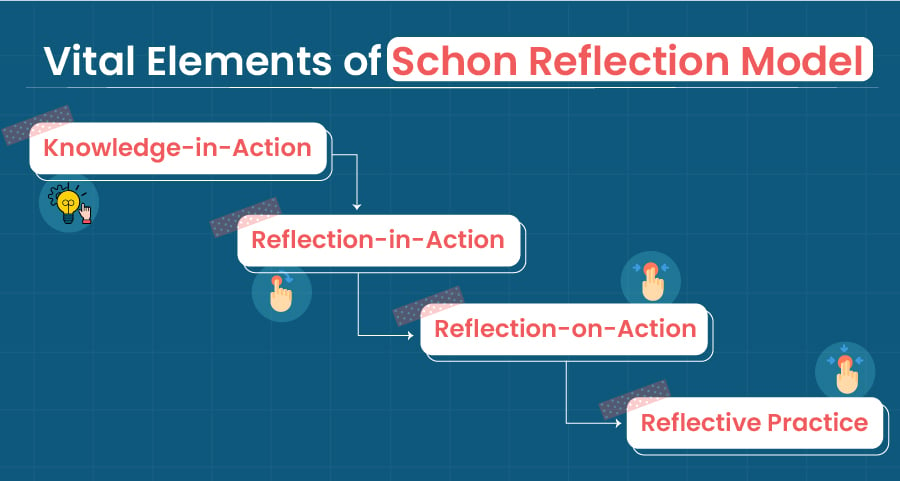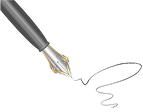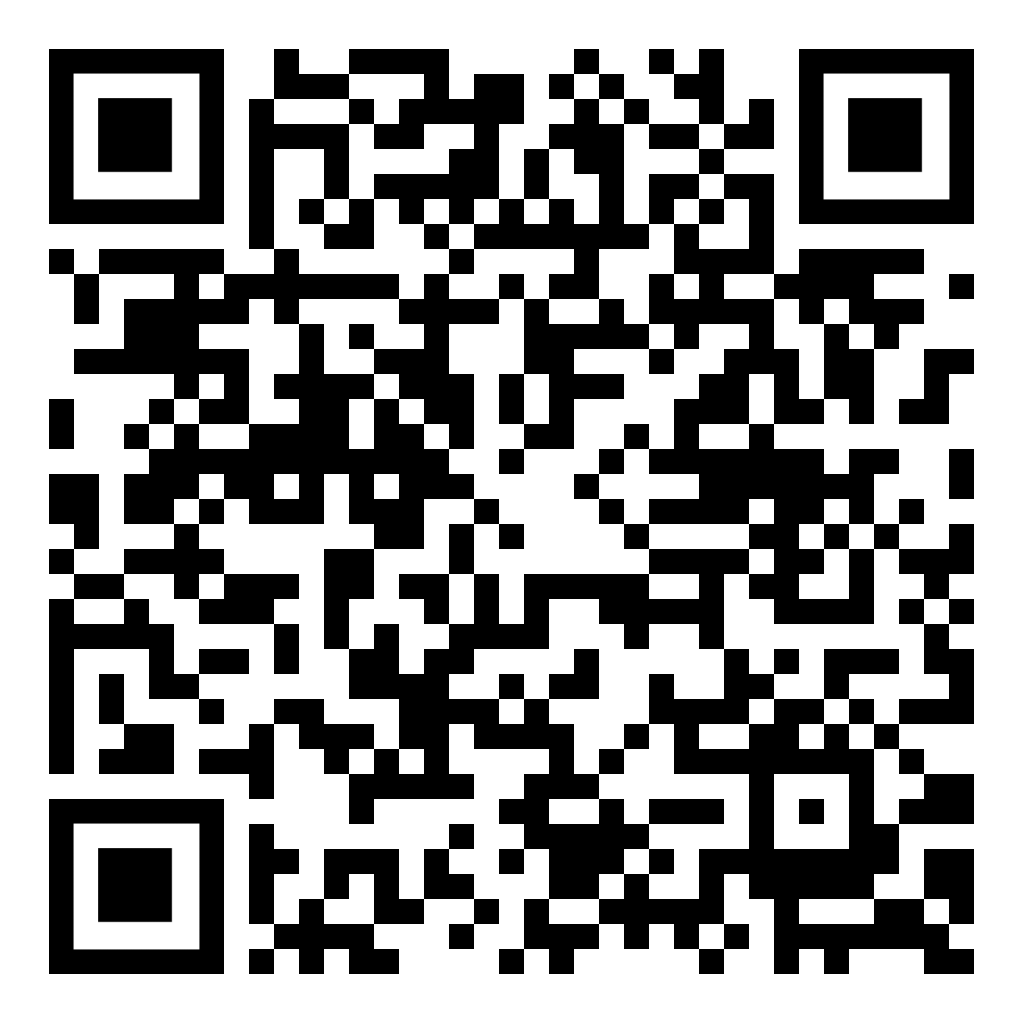Everything You Need to Know About Schön’s Reflective Model
The Schön Reflection Model explains how to learn by reflecting on actions during and after tasks.
The Schön Reflection Model explains how to learn by reflecting on actions during and after tasks.
Table of Content
What is Schön's Reflective Practice?
Components of the Schön Reflective Model
Reflective Practice Principles
How to Apply Schön's Reflective Practice
Real-World Examples of Schön's Reflective Practice in Action
Tips for Implementing Schön's Reflective Practice
In a world where everything moves quickly, it's easy to rush through tasks and make decisions without a pause to think and reflect. You might fall into a familiar routine, even though better ways are right in front of you. But what could you pause, reflect and improve as you proceed?
This is where Schon's reflective model comes into the picture. This approach encourages you to reflect during and after an event. It offers you to turn everyday moments into chances for growth and make informed decisions.
In this blog, we will explore Schon's model, break down its key principles, and show you how to apply them to your work. Additionally, we will compare it to other learning methods to demonstrate why this approach is so practical.
Schön's Reflective Practice (often called as the Schon reflective model) represents a paradigm that is designed to cultivate continuous professional enhancement through deliberate reflection of one's actions and decisions. Unlike other models that mainly focus on the reflections after an event, it highlights the significance of reflection while doing and afterwards an event.
|
"Reflection-in-action enables professionals to improvise and experiment while they are engaged in a situation." |
In essence, Schön's reflection model encourages you to engage in reflective thinking and allows you to gain an in-depth understanding of your thoughts and emotions. Moreover, it reflects on past experiences, both good and bad and examines the reasons behind them, helping individuals identify patterns and meaningful connections.

Get Your Assignment Delivered in 3 Hours!
 Scan me
Scan me Scan me
Scan meIt has majorly helped to bridge the gap between theory and practice and promoted the professional growth of individuals. It is valuable in fields that require quick decisions, such as nursing and education. Let's explore the brief history of this model.
This model dates back to the 1980s when Donald Schon published notable works on reflective practice and professional knowledge. He challenged the traditional approach in a professional training that focused on standard knowledge over experience.
In Schön's Reflective Practitioner (1983), he outlined a theory that professionals progress most effectively if they engage in a process of reflection during and after practice. Additionally, he introduced the concepts of reflection-in-action and on-action as distinctive modes of reflective thought.
These innovative ideas revolutionised professional education, especially in disciplines that demand problem-solving and informed decisions, such as healthcare and social work. Overall, schon reflection on action and in action theories underscored the value of experiential learning as a cornerstone of professional competence and has influenced curricula and training programmes worldwide.

Schon reflection model helps you reflect on specific experiences in a structured way. This model can be applied in the following steps, which are described in the section below.
The first step in the model refers to the knowledge and skills built through years of training and practical experience. This knowledge is used without conscious thought. It guides everyday tasks, behaviour and supports informed decisions.
You can understand your actions and make informed choices when you are aware of how the internal knowledge works. Also, schon's reflection in action prevents your over-reliance on instinct or gut feeling.
Reflection in action is the ability to reflect while something is happening. It involves assessment of your actions in the moment and making changes as needed.
What questions do you ask in Schon's reflection approach?
It helps you adjust your approach in real time. Also, it leads to more flexible, thoughtful responses and helps improve decision-making during challenging situations.
It takes place after an event and involves a review of what happened, why some decisions were made and the results. Schon reflection on action helps you understand the successes and failures. Moreover, it enables you to learn more from the experience and apply that learning in the future. Overall, this step supports long-term personal as well as professional development.
This step in Schön Reflection Mode is a forward-looking approach. It involves using your learning from past experiences to prepare for future situations. It means you need to plan ahead, set goals and decide how to handle similar events more effectively. Moreover, it turns reflection into a practical tool for continuous improvement.
The components of Schön's Reflective Model provide a solid framework to understand your thought process. This awareness leads to improved decision-making and personal growth. Now, let us move to the principles behind reflective practice.
The field of nursing uses these principles and components. However, students often face pressure while completing their projects, so they can seek nursing assignment help UK for comprehensive guidance.
It offers a structured approach to comprehend and improve one's actions. Its components describe how reflections work and can be implemented to analyse actions.
The following section explores core principles of Schon's reflective practice to provide an in-depth understanding of its framework. Also, these will help you gain a greater insight into the practice.
So, Schön's Reflective Practice principles enhance your critical thinking and improve decision-making. With these core principles, you can refine your skills, adapt to challenges and strive for continuous growth.
Next, let's explore the benefits of this reflective model and a Schon reflective model example in the upcoming section to see how it can drive meaningful change in professional areas.
The following are the benefits of the schon reflective model.
These are the benefits of the Schon model. Composing a remarkable assignment on this is not easy. Sometimes, you may think about whether there is someone who can do my assignment for me. Yes, our seasoned academic experts can provide you with comprehensive guidance and clear all concepts.
Schon's reflection approach supports professional growth through clear thinking about actions, decisions, and results. Also, you learn lessons and improve future performance. The five steps below offer a simple, structured way to reflect with purpose and apply insights to real situations for better outcomes.
The first step in schon model is to identify the problem in a scenario and approach each one with systematic precision. Also, you need to look at the context behind the scenes to form a better understanding of the needs that are to be addressed. This step helps you avoid dependency on assumptions and ensures that you form actions that are according to the situation.
You need to evaluate your actions according to the circumstances. It becomes vital to ask these questions in Donald schon reflective practice:
Is my reflective method working?
What changes can be done?
It will help you adapt to the situation and make informed decisions in real-time.
After the situation, you can take your time and reflect on the actions and outcomes. Ask yourself:
What went well?
What didn't go well?
Why did it not go well?
This step in schon reflective model involves critical evaluation and is vital to help you understand how your decisions impact the outcome. By learning from wins and failures/mistakes, you can refine your style and avoid errors.
Now that you have assessed the situation critically, it is paramount to reframe the problems and consider different perspectives. Challenge your assumptions and explore alternative solutions. New opinions can lead you to innovative solutions that improve the decision-making process.
Use the insights gained from reflection to create a clear action plan for improvement. Also, you need to identify the things that worked well and integrate the lessons you learned into future practices. A well-defined plan will help you make informed changes and tackle problems with efficiency in future.
Schon's reflective practice is a powerful tool if you strive for continued improvement. It fosters critical thinking and adaptability in real-time situations. By following the steps outlined above, you can enhance your problem solving and make informed decisions.
Next up, we will explore real-world examples of how schon's reflective practice. For your academic projects, you can check your documents with our free plagiarism checker for authenticity.
These are real-world examples of schon reflective model in action. It includes scenarios of nursing and education.
In a healthcare setting, a nurse comes across a patient who is an older adult and is suffering from respiratory diseases. The nurse identified subtle symptoms such as chest retractions, rapid breathing and immediately switched the treatment plan.
a. Reflection-in-action- When the nurse adjusts the plan of treatment.
b. Reflection-on-action- After this scenario, the nurse reflects on his/her actions and find a way to improve in similar situations.
A high school teacher conducts a lesson on persuasive writing. However, midway through the lesson, the teacher notices that students seem disengaged and confused, specifically in the discussion of rhetorical strategies.
a. Reflection-in-action: The teacher responds by shifting the activity to analyse a familiar advertisement, increasing student participation.
b. Reflection-on-action: After the lecture, the teacher reviews the session and realises the original content was abstract and boring.
These are the scenarios of schon reflective model example in which you can identify how reflective practices have helped to a great extent.

Unsure About Your Schon Reflective Cycle Paper?
Let Our Experts Edit and Proofread It for You
Explore Help
Schön's Reflective Practice offers a powerful approach to personal and professional growth. Here are a few practical ways to apply this reflective approach in your everyday life to enhance your decision-making and overall performance.
Schön Reflection Mode works best when it is a part of your routine. You can set aside a few minutes each day, as it will give you the space to process the past events. In addition, regular practice helps with personality development and professional growth.
It is a significant part of the schon model of reflection. You need to ask yourself as many questions:
i. What worked?
ii. What could I have done differently?
iii. How did my decision change the situation?
iv. Why did I take a particular action or decision?
These queries help you step back and think about your choices. Also, this is a way of being curious that allows you to find better ways of doing things.
Schon model of Reflection does not require you to be alone or take it as a solo activity. You can share your experience with others, like friends or a mentor, to get fresh perspectives on situations.
They might notice elements that you missed or suggest new ideas. Overall, the opinions of others make your reflection richer and comprehensive.
Schon model of reflection is pointless if it does not lead you to change. Once you figure out what worked and what didn't, you need to take action.
As Schön's Reflective Practitioner suggests, you need to use insights to set simple, achievable goals. It is vital because reflection without action is similar to a mental exercise, and actions force real growth.
In Schön's Reflective Practice, it is vital to take a moment to celebrate small achievements. It keeps you motivated to keep practising in the long run. Also, it reinforces positive habits that helped you succeed. It also gives you a mindset that inspires growth.
So, these are the tips to apply schon's reflective practice in real life. Also, to appreciate the value of an approach, it is crucial to compare it with others. So, let's compare schon's approach with other popular frameworks.

Get an Extra 5% OFF On Your Order in Our App

Scan the QR code with your mobile to unlock an exclusive offer!
Download App Now Scan me
Scan meIn this section, we will look at Schon's reflective model and its comparison with different models like Kolb's reflective learning and Gibbs' reflective cycle. Also, it will highlight how Schön's approach emphasises real-time reflection and what sets it apart from others.
|
Aspect |
Schön's Reflective Practice |
Kolb's Experiential Learning |
Gibbs' Reflective Cycle |
|
Reflection Time |
Reflects while doing (in-action) and after the event (on-action) |
Focuses on reflecting after the experience |
Reflection happens after the event has concluded |
|
Method |
Immediate reflection with real-time adjustments |
A cycle of experiencing, reflecting, thinking, and testing |
A structured cycle that looks at description, feelings, analysis, and action |
|
Focus |
Immediate improvement and adaptation in practice |
Developing knowledge through practical experience |
In-depth analysis to generate new insights and learning |
|
Strength |
Allows quick adjustments during practice, boosting adaptability |
Structured approach to turn experiences into knowledge |
Step-by-step process that builds a thorough understanding |
|
When to Use |
Best in fast-paced environments like healthcare, teaching, and management |
Great for building a solid knowledge foundation in any field |
Ideal for analyzing personal experiences and improving performance in reflective fields |
|
Real-Time Learning |
Yes, continuous reflection during the action to make changes |
No, learning reflects after the fact |
No, the reflection is done after an event or experience |
|
Actionable Outcomes |
Immediate decisions and actions, improving performance on the spot |
Cycles through multiple experiences to apply lessons |
Generates action plans for future improvement |
|
Ideal For |
Dynamic situations that require quick, flexible thinking |
Experiential education and skill-building |
Deep personal reflection, like in counseling or education |
Schön's reflective practice stands out for its emphasis on active, real-time reflection. Things like deeper learning and critical thinking set it apart from more traditional models that focus on theoretical knowledge.
Schon reflective model encourages real-time, continuous reflection and allows you to adapt and improve. Unlike the traditional ways that focus on structured understanding, Schön's model helps with actionable insights that drive both personal and professional growth. Also, it is effective in fast-paced environments like healthcare and management. Management students may find it challenging to write their academic papers, so they can seek MBA assignment help from experienced experts.
Boost Grades & Leave Stress
Get A+ Within Your Budget!
Use Our FREE TOOLS !
Limited Time Offer
Exclusive Library Membership + FREE Wallet Balance
1 Month Access !
5000 Student Samples
+10,000 Answers by Experts
Get $300 Now
Update your Number
